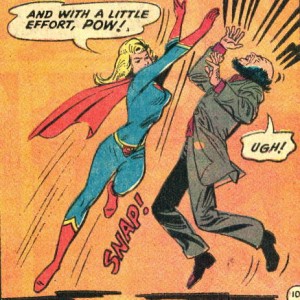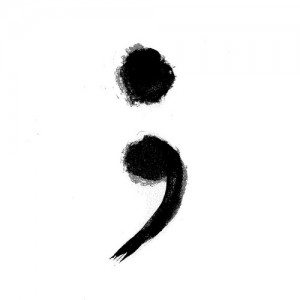 Onomatopoeias are great. They are one of my favorite parts about language. As a person who uses a lot of sound effects in my daily life, onomatopoeias fill me with great joy. They are so expressive, and in the comic/visual arts world, they are incredibly important. (At least I think so.) They can bring a sense of liveliness to a conversation. They are the hand jive of the English language. And everybody likes to do the hand jive, right?
Onomatopoeias are great. They are one of my favorite parts about language. As a person who uses a lot of sound effects in my daily life, onomatopoeias fill me with great joy. They are so expressive, and in the comic/visual arts world, they are incredibly important. (At least I think so.) They can bring a sense of liveliness to a conversation. They are the hand jive of the English language. And everybody likes to do the hand jive, right?
What is an onomatopoeia? You ask. The New Oxford American Dictonary gives this definition:
* * *
Onomatopoeia |ˌänəˌmatəˈpēə, -ˌmätə-| Noun: the formation of a word from a sound associated with what is named (e.g. cuckoo, sizzle). The use of such words for rhetorical effect.
ORGIN: late 16th century, Latin/Greek. Onomatopoeia ‘word-making’ from onoma, onomat- ‘name’ + -poios ‘making’ (from poiein ‘to make’).
* * *
Pretty cool, right? So why do onomatopoeias matter? Without them we wouldn’t have great words like zing, crackle, hiss, ooze, slither, snooze, and a whole host of SQ words: squish, squawk, squeak, and many, many more.
 Without onomatopoeias, Supergirl wouldn’t have as much oomph (see what I did there?) beating up the bad guy. She lets us know, that . . . “with a little effort, POW!” Her leg snaps up and she cracks the bad guy on the kisser with a resounding “UGH!”
Without onomatopoeias, Supergirl wouldn’t have as much oomph (see what I did there?) beating up the bad guy. She lets us know, that . . . “with a little effort, POW!” Her leg snaps up and she cracks the bad guy on the kisser with a resounding “UGH!”
From a comic point of view, onomatopoeias are priceless. They bring a visual element that enhances the storytelling. What was a fine picture can be enhanced by a sound descriptor. We can really picture the scene and everything that’s happening in it.
Think of your favorite onomatopoeias and use them in casual conversation. It could be a great way to find a new friend. Or amuse the old ones you already have.
Thanks for reading, please share.
